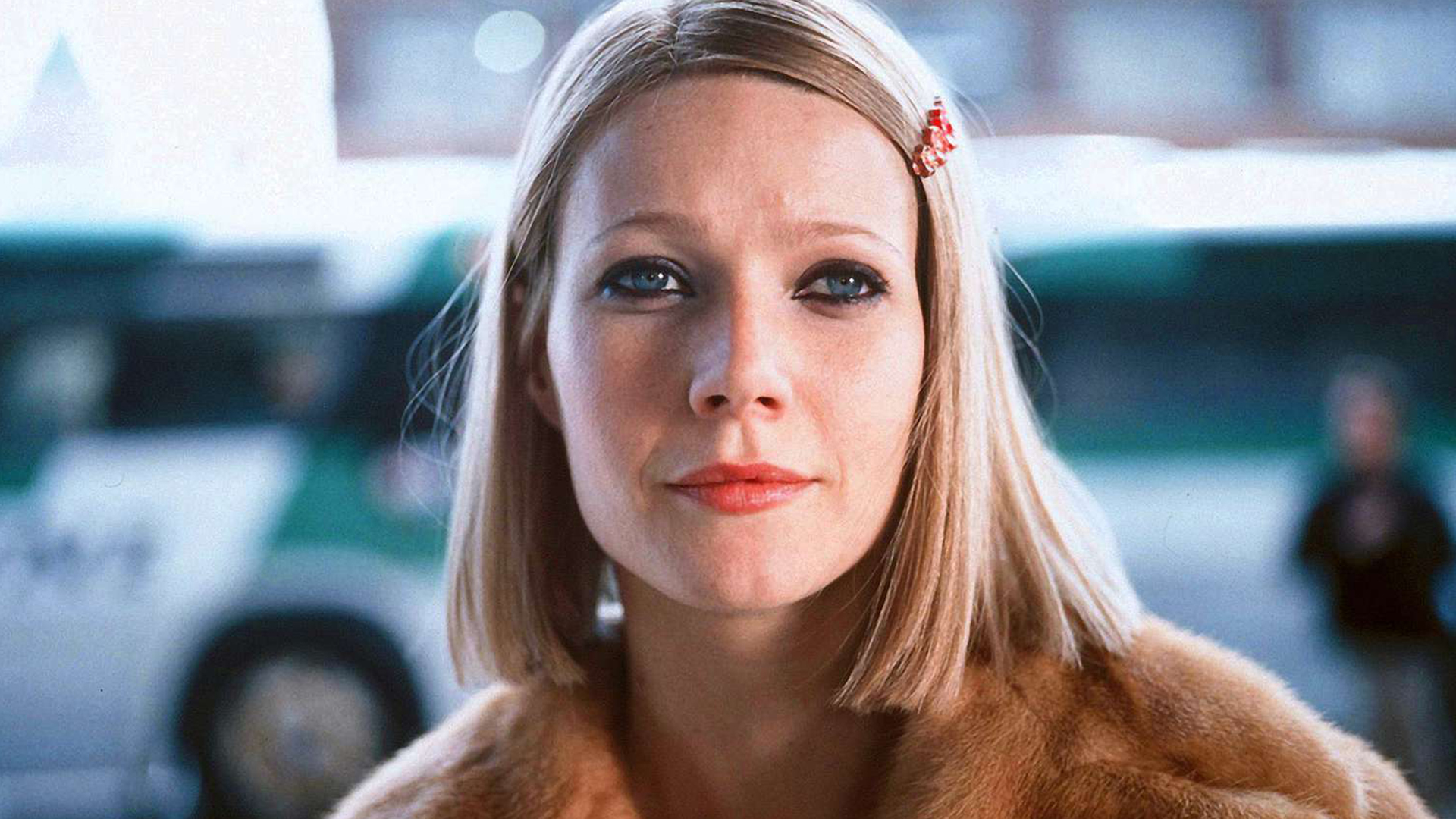Director: Federico Fellini
Cast: Peter Gonzales, Fiona Florence, Britta Barnes
Italy, France 119’, 1972, color
Italian, German, English, French, Latin and Spanish with Turkish subtitles
Fellini's 1972 ode to the city of Rome is far from a coherent narrative, but as a selection of images and sounds celebrating the famed Italian capital, it's dazzling and hugely enjoyable. Stylistically, it's a perfect bridge between the excesses of Satyricon and the nostalgia of Amarcord, and it showcases the true love that Fellini had for the Eternal City. Mixing autobiographical flashbacks with the travails of a present-day movie company making a film about the city (headed up by Fellini himself), Roma is an impressionistic tour de force, delivered via Fellini's unique cinematic vision. Through it all, Fellini's passion for Rome (and moviemaking) shines through, especially in the film's climax, a dialogue-free sequence of motorcycles roaring through the city at night, a tour that ends at the magnificent Colosseum. At that marriage of past and present, Roma is about as perfect as cinema can get.
Trailer

The New Year is more than just a date change on the calendar. It often marks a turning point where the weight of past experiences is felt or the uncertainty of the future is faced. This season, Pera Film highlights films that delve into themes of hope, regret, nostalgia, and new beginnings.
Tuesday - Saturday 10:00 - 19:00
Friday 10:00 - 22:00
Sunday 12:00 - 18:00
The museum is closed on Mondays.
On Wednesdays, the students can
visit the museum free of admission.
Full ticket: 300 TL
Discounted: 150 TL
Groups: 200 TL (minimum 10 people)